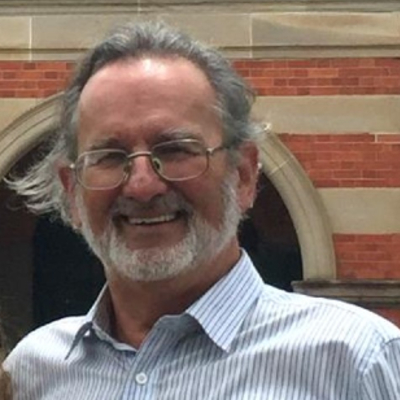Emilis Prelgauskas

Emilis Prelgauskas
Emilis Prelgauskas graduated from Adelaide University School of Architecture in 1973. As a student he was awarded a full University Blue for sport aviation. On graduating he worked for private architecture firms in Adelaide and was appointed Principal Architect for the City of Adelaide from 1985 to 1988. He has been in sole private practice from 1988 to present, specialising in environmental architecture. Since 2009 he has been a Commissioner of the Environment, Resources and Development Court of South Australia. Emilis became a Fellow of the Royal Australian Institute of Architects in 2012 and in 2018 was a nominee for Citizen of the Year in the Rural City of Murray Bridge for his work assisting fireground impacted families. He is co-Director of Engine Room Solutions Pty Ltd.
Presentation Abstract (co-presentation with Dr Rachel Westcott)
Target fire-fitness: preparedness and resilience in community and the built environment.
Fire-fitness means to be adapted, suited, fit-for-purpose in the evolutionary sense. It means to be “fit” to face a fire hazard – to be physically, psychologically and emotionally equipped in as many aspects as are possible and applicable to an individual or group. Fire-fitness is a year-round learned and applied pattern of behaviour: it should become established and routine regardless of the season or prevailing climatic conditions, or the perceived likelihood of a hazard event. The hazard itself may be non-routine, but the ability to respond in a protective, timely and safe manner, needs to become instinctual and assertive. Cultural change such as this occurs over the medium to long term, and is necessary because of the predicted ongoing effects of a changing climate on extreme weather events. Fire-fitness is therefore a present-day imperative given the “new reality” of natural hazards.
Fire-fitness applies equally to the built environment. Australian Standards, Codes and compliance methods do not act alone: to be fully effective they need to be synergistically integrated with asset maintenance, management and operation. Fire-fitness links closely with the concept of “adaptive rewards” and dynamic risk assessment, which translates readily into the preparedness phase of built environment planning.
Data underpinning this presentation were obtained from the experiential, naturalistic setting of fire-impacted communities and in post-graduate research – and draws on the presenters’ practical experience in response and recovery. Several existing and proposed public health and industry policies aiming to help people attain fire-fitness will be outlined.
Emergency Management as a discipline can inform an wholistic melding of practical and applied processes relevant to the proactive evolution of built environment policy and practice. Benefits are directly translatable across whole of community to create safer and more resilient urban, peri-urban and rural living spaces.
